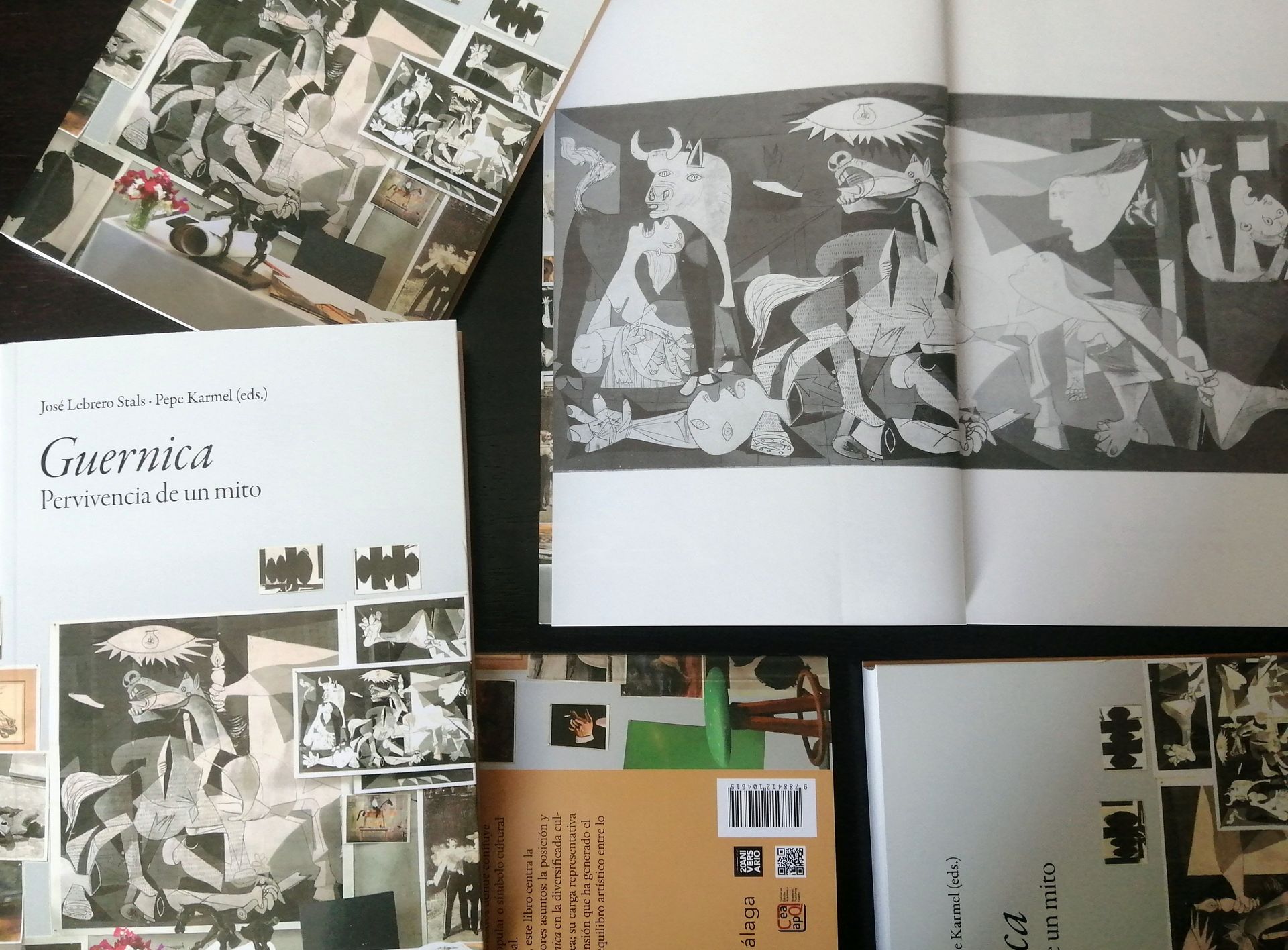Guernica. Pervivencia de un mito
Book of essays
A book of essays to rediscover one of the most important artworks of the 20th century.
Pablo Picasso painted Guernica between May and June 1937, in the throes of the Spanish Civil War. Since then, its critical fortunes have been inevitably linked to fate, which sent the canvas on a long journey around the world, and to the richly varied interpretations to which the vicissitudes of history have subjected it. These factors have contributed to Guernica transcending its importance as a work of art. In the 21st century, the painting has become an image capable of generating a dense crossroads of meanings; at this crossroads converge its power as a myth and its dual status as a popular icon and an enlightened cultural symbol on a global scale.
Bringing together eleven essays, this book focuses attention on three enlightening issues: the position and reception of the painting Guernica in the diversified contemporary popular culture; its representational burden in ethical debates; and the tension that the legacy of its image has generated in the artistic balance between the vernacular and the global.
This volume, co-published with the Editorial de la Universidad de Granada, is the result of the international seminar under the same title, organised in collaboration with the Fundación General de la Universidad de Málaga, which took place on November 18 and 19, 2021, in the auditorium of the Museo Picasso Málaga.
Contenidos
Presentation. La historia que no cesa (The story that never ceases)
José Lebrero Stals
Las otras vidas de Guernica (Guernica’s other lives)
W.J.T. Mitchell
Los “Guernicas” del arte urbano, a través de las redes sociales: ubicaciones y desubicaciones (the “Guernicas” of urban art, through social networks: locations and misplacements)
Matei Chihaia
Supervivencia de las voces: Guernica y la práctica de las imágenes. (Survival of Voices: Guernica and the Practice of Images)
Gabriel Cabello Padial
Guernica de la piel y Guernica de Picasso. (Guernica of the skin and Guernica by Picasso)
Alejandra Walzer Moskovic
La narrativa de puntos de vista múltiples y el lenguaje universal: la traducibilidad de Guernica de Picasso. (Multi-viewpoint narrative and universal language: the translatability of Picasso’s Guernica)
Caroline Levitt
Imágenes meditativas: Guernica y las geometrías de la memoria. (Meditative Images: Guernica and the Geometries of Memory)
Andrea Giunta
Guernica como icono cultural en la España de la transición y en la democracia. (Guernica as a cultural icon in transitional and democratic Spain)
Genoveva Tusell
Efervescencia colectiva en los “nuevos Guernicas” de Ibarrola. (Collective effervescence in Ibarrola’s "new Guernicas”)
Ramón Melero
Lamentos: ausencia y presencia de Guernica en el arte contemporáneo. (Lamentations: the absence and presence of Guernica in contemporary art)
Pepe Karmel
Die, de Faith Ringgold, Guernica de Picasso y la “larga duración” de la modernidad. (Faith Ringgold’s Die, Picasso’s Guernica and the “long duration” of modernity)
Janet Kraynak
Donald Rodney, Soweto / Guernica
Eddie Chambers



